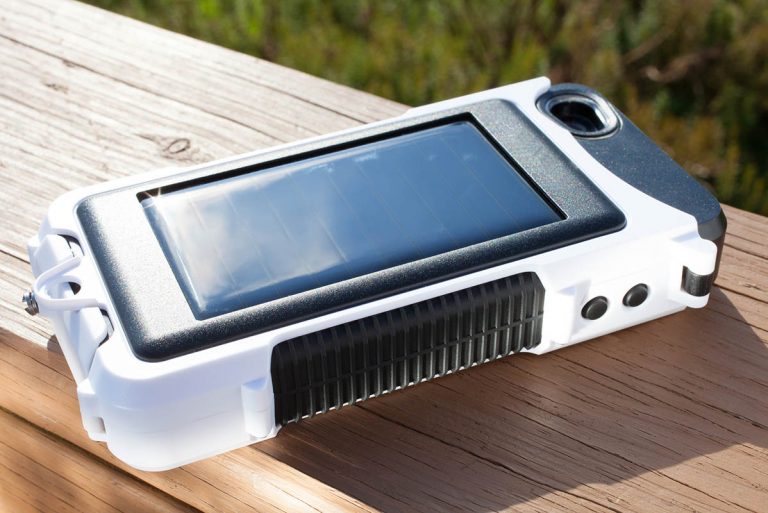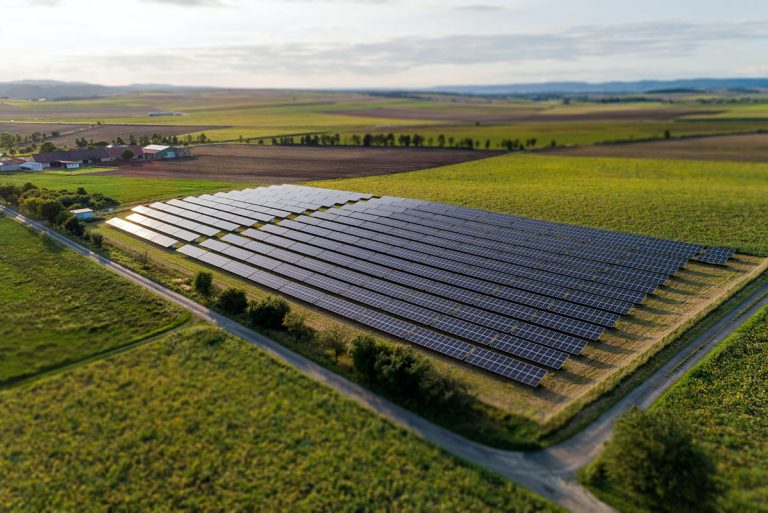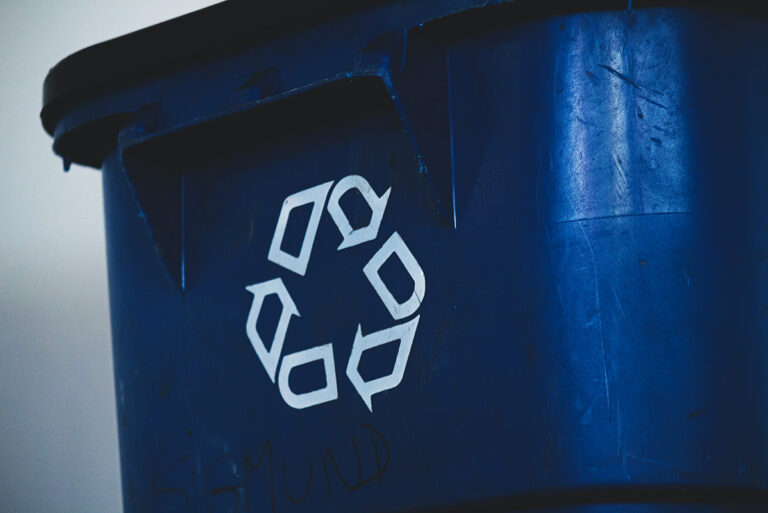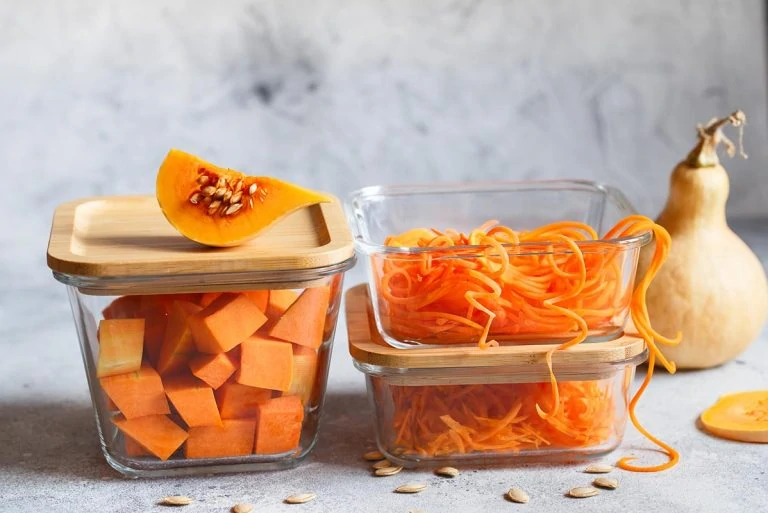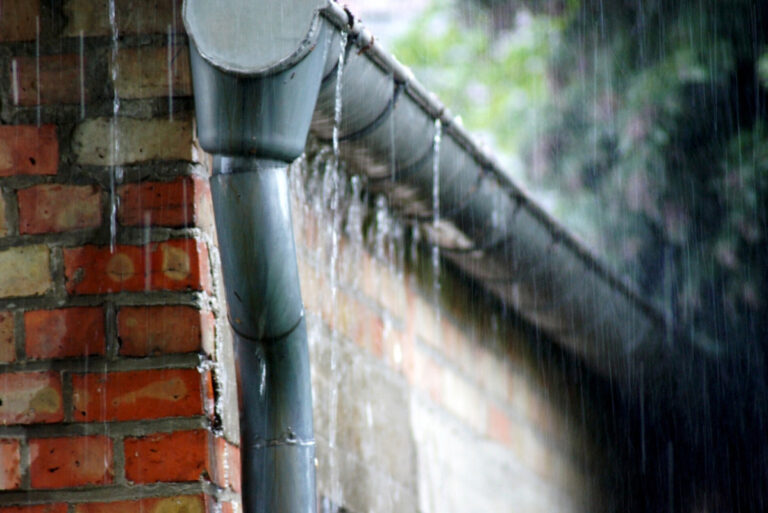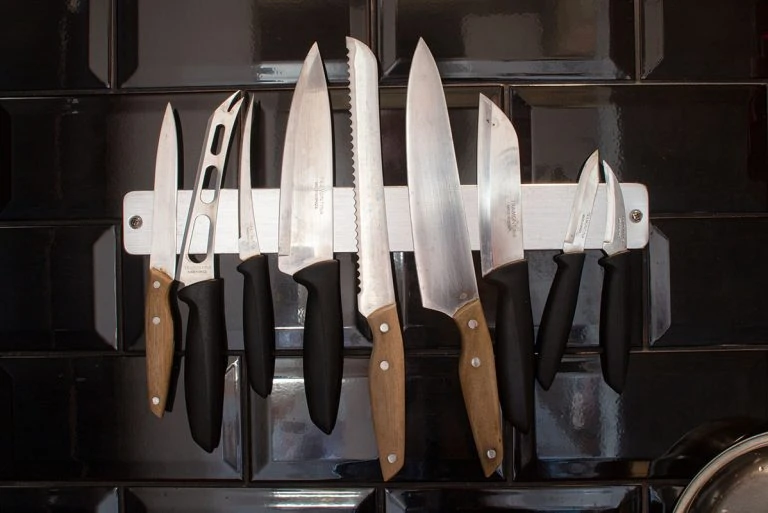Low levels of rainfall, water scarcity, and drying of water reservoirs are a constant reminder that climate change is slowly catching up with us. Therefore, we need to find ways to save on this diminishing resource. Recycling is one of the best ways to conserve it. In this article, we will look at what is greywater and how to recycle greywater.
What is Greywater: A Complete Overview to Everything You Need to Know
Several sectors around the world are fighting water wastage. This is a call to everyone as a way to conserve our water resources. Different households are therefore diverting to the use of greywater to irrigate their flowerbeds. But what is greywater? This piece will explore everything you need to know about greywater, including essential tips for greywater management.
Water is life. What it means is, living things cannot survive without water. However, water resources are depleting at an alarming rate.
In the recent past, most Americans have received water restriction orders from water supply companies. This is happening because there is a decrease in the water supply, not just in the country but around the world.
Therefore, we need to devise ways to conserve this scarce and valuable resource. To reduce water wastage, we can divert to greywater techniques. These techniques can help us reduce water consumption and conserve water resources. Want to know more about sustainability? Read our in-depth guide to sustainability.
We can reclaim greywater and use it for irrigation purposes. Greywater can provide year-round water for the irrigation of various vegetables. That will ensure that we have a year-round harvest.
Also, our yards, lawns, and flowerbeds will have that fresh green look throughout the year. The greywater can also be an effective way to provide water for irrigation in arid and semi-arid regions.
Before we explore how it works and setting it up, let’s look at what is greywater
What is Greywater?
Greywater is domestic wastewater which is produced from the recycling of laundry, shower, and hand basin water. When treated, this water can be used to irrigate a garden. Greywater makes 50% to 80% of the wastewater from a household.
Any household wastewater, including water from washing machines, dishwashers, baths, and sinks is greywater provided it doesn’t get into contact with sewer.
Since greywater contains nutrients from soap and other residues, it can be treated and reused to nourish the soil, which in turn produces lush and healthy plants.
Greywater vs. Blackwater
Greywater excludes sewage water which can have a presence of harmful fecal matters. Sewage water contains more organic loading than greywater.
Some studies categorize kitchen wastewater as blackwater. They indicate that kitchen water it contains high-levels of organic loading.
Also, reports reveal that kitchen wastewater includes fats that are likely to damage instead of nourishing plants.
So, where does greywater go?
Greywater Common Uses
These are some of the most common uses for greywater.
- Greywater is making use of the wastewater that would end up in the septic and sewer system and can eventually end up in water bodies. The wastewater can then pollute the water bodies, and therefore, using greywater helps curb this form of pollution.
- Greywater is excellent for watering your garden. Studies prove that this water contains phosphorous and nitrogen nutrients from biological matter, dirt, and grease, which is a good source of soil nourishment. When doing irrigation, make sure that there is no water puddling or pooling on your garden.
- You can use it to water fruit trees, ornamental plants, and the edible plant’s roots. However, it is not safe for use on root vegetables such as radishes, carrots, and potatoes or the plant’s consumable parts.
- The treated water can also be used to flush toilets and in laundry work.
- Use of greywater minimizes freshwater uses. If we save on freshwater, we can cut on the household bills.
- Also, recycling this water benefits the whole community because it helps reduce the demands directed on the public water supply. Greywater use can save up to 70 liters/person/day of potable water in households.
How to Set Up A Greywater System
The complexity and the size of setting up a greywater system depend on the intended use. For example, a single-family unit needs a simple single-family system unless the yard is very far from your home. With a single-family system, you may not require to use a pump. Water will work with gravity unless the yard slopes uphill.
The first step of setting up a greywater system is to divert the water from the washing machine by connecting the washing machine hose with a diverter valve. The valve directs the wastewater into a drum which is outside your home. The tube is linked to the bottom of the drum. You can use the water to water your plants in the garden.
Also, you can set-up a system that diverts water from the shower and other sinks apart from the kitchen sink. You can invest in a greywater system that can connect the wastewater to the outer pipes.
The wastewater will go through a lint and hair filter just before pumping it out using an irrigation pipe to the garden.
Another simple greywater system is a bucket that you can customize to collect and carry wastewater outside manually to water your yard.
If you set-up a greywater system in your household, avoid detergents and soaps that contain boron, synthetic fragrances, artificial dyes, bleach, and preservatives such as polyethylene glycol and phenoxyethanol. Sodium is also said to inhibit the growth of plants, and so, you should make sure that your greywater is free from it.
Greywater Treatment Methods
Treating of greywater depends on the contaminants present in the wastewater. Most of the so-called contaminants in greywater are beneficial nutrients to plants. However, you must adhere to specific guidelines that have been set to ensure that your greywater is wholly free from any harmful substances and contaminants.
It’s recommended that you use wastewater within a single day after you collect it to avoid being charged a stinky water vat. Also, you need to ensure that your greywater is not getting into contact with animals and people.
Here are some of the various ways to treat greywater depending on the intended use of the water.
See Related: Rainwater Harvesting Pros and Cons
Methods of Treating Greywater
-
Direct-Use Systems
Direct-use system is the simplest and the most affordable system. It involves siphoning greywater directly using a drought buster. Alternatively, you can fit a valve to an external waste pipe which will direct the wastewater to a water tank. The water will then be used to irrigate flowerbed or garden when need be.
If you opt for this system, then make sure that you use all the water within a day. If you let it stay for more than a day, the bacteria present in the wastewater may feed on the present organic matter such as hair, skin particles, and detergents and thus multiply quickly.
When the bacteria use up all the oxygen gas available, the water will start to emit a foul smell. Also, it may have some presence of human pathogens from the anaerobic bacteria.
-
Biological Systems For Wastewater Without Food Debris
This biological method may include sand filter and wetland techniques.
When it comes to the sand filter method, the greywater is filtrated to get rid of large particles using a sand filter. After the pretreatment process, the greywater is then filtered using a soil box.
A soil box is a simple four-layer material box. The top layer, which is around 2 feet deep, contains topsoil rich in humus. This top layer sits on top on another layer of fine buildings sand that in turn, sit on a layer of course sand. At the bottom is a layer of pea-shingle which helps achieve perfect drainage.
Initially, the greywater is pumped at the top, and then it travels down to the bottom of the soil box due to gravity. However, most filtration processes occur on the topsoil. At the topsoil level, soil organisms feed and reproduce using the nutrients present in the soil in effect purifying it.
The wetland process, on the other hand, involves treating the wastewater using wetland. The water is usually retained at the top level, thus enabling the aquatic plants like bulrushes and reeds to flourish.
The subsurface wetlands are the best for treating greywater. That is because it reduces the likelihoods of odors escaping. There is also a lower likelihood of human contact, which poses a high potential risk of transmitting diseases and also lowers chances of freezing especially during the winter.
Both aerobic and anaerobic bacteria can treat greywater. Also, plants roots can absorb any organic matters dissolved which can help speed the process up.
-
Biological Systems For Wastewater With Food Debris
If the wastewater has any food debris, then it requires anaerobic treatment using a septic tank. The treated water that comes from the septic tank can then be treated again using the soil box filter or wetlands method, as explained above.
-
Mechanical Filters For Treating Water For Toilet Flushing
You can easily undo the U-bend under any sink to capture and direct wastewater in a bucket. Then, you can pour the water into the toilet cistern. Since this is a tedious and time-consuming technique, you can automate it.
Invest in a greywater pump that can pump the wastewater vertically and can be used when necessary. The wastewater is treated while in a storage tank which is mostly through adding chlorine before it is directed to the toilet cistern or a washing machine.
Chlorine use has a few disadvantages because it can harm or kill your plants if put into excessive use. Also, it can impact the quality of the soil negatively. Disinfect the waste water before you use it for flushing the toilets.
Is Greywater Dangerous?
Some of the world killer illnesses are waterborne. Therefore, it is crucial to treat greywater before use. Do not use any wastewater that has been used to wash raw meat, underwears, and wounds as it can increase the levels of harmful bacteria that can produce a stench after some time.
This type of water is not safe for human consumption. Therefore, never use this water to do dishes, drink or cook even after treatment.
The Cost of A Greywater System
The cost of a greywater system depends on several factors. In California, for example, the cost can range between $3,500 and $6,000, which is just a rough estimation. The installation cost mostly depends on the size of your yard, the complexity of the irrigation system, and the cost of plumbing in your region. Therefore, to get the exact pricing, consult an expert in your area.
Some of the expenses of setting up a greywater system include installation, plumbing, and maintenance costs. You will need to invest in materials such as valves, pipes, among other components used to connect your tank and the sinks. The cost of buying the tank itself is another initial cost that you must consider.
Also, the cost of buying a filter and a pump is another necessary additional expense. Last but not least is the cost of the irrigation tubing expense. The tubing should be able to accommodate your garden or at least the landscaping parts that you desire to spray with water.
How to Use Untreated Greywater
You can siphon the untreated greywater to irrigate the ornamental trees and plants. Use the water quickly or as soon as possible to reduce the bacteria growth.
Untreated water does not include black water because the use of black water can spread waterborne diseases. Direct the black water to a septic tank.
Untreated wastewater should never be used on edible plants or fruits. The water has high levels of harmful pathogens which can pose a health risk if consumed by humans.
Conclusion on What is Greywater
Installing a greywater system in your household helps you play a role in saving the water resources and planet. However, always get a permit before you install greywater system in your home. I believe that now you know what greywater, and everything else you need to know about it is.
How much are you doing about water preservation? Share your methods with us in our comments area.

